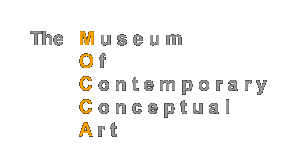Urbania
I recently picked up a free magazine named 944 outside a small neighborhood restaurant in Las Vegas. The magazine is for and about people in new city centers like Phoenix and Las Vegas. It was a real eye opener.
The magazine was beautiful, very high quality, glossy and thick, similar to Vogue or Vanity Fair. Like New York fashion magazines, there were articles about the arts, celebrities and current affairs. But there were interesting differences in the advertising. Instead of ads for ‘things’ like a fashion designer’s latest wears – the ads focused on ‘lifestyle’, a youthful contemporary urban lifestyle. There were ads for nightclubs, restaurants, art galleries and inner-city condominium loft spaces. The copy I saw was published for Las Vegas, and the ads were mostly about the city’s nightlife industry.
I normally don’t care for fashion magazine advertisements, although I do admire their artistry. But I love these new ads, they have a gritty, hedonistic sensibility. What’s not to like?

 I like the way the Museum of Modern Art in New York is known to everyone as the MoMA. I like the word pairing contemporary-conceptual better than either word individually. I like the look of the word MOCCA better than the look of the word MOCA, it has a softer, smoother feel to it.
I like the way the Museum of Modern Art in New York is known to everyone as the MoMA. I like the word pairing contemporary-conceptual better than either word individually. I like the look of the word MOCCA better than the look of the word MOCA, it has a softer, smoother feel to it.